{多图}ov画廊新展览“被遗忘的地方”11月26日下午5点至8点开幕
发起人:ovgallerykelin 回复数:0
浏览数:2030
最后更新:2011/11/25 16:15:48 by ovgallerykelin
被遗忘的地方
展览开放:2011年11月26日—2012年01月07日
OV画廊 新闻稿
SCROLL DOWN FOR ENGLISH
Forgotten Places
November 26, 2011-January 7, 2012
OV Gallery Press Release
遗忘有着许多种形式。有简单的心不在焉地忘记一个人的名字或一个日期,更有意识地清除某些回忆,抑或是有些我们无须留存在头脑中的事情逐步地有机的退却。我们作为社会人倾向于去忘记一些不愉快或会让我们记起一个有点滞后或不谙世事的过去的回忆。
通常这些地点承载了一个黄金时代的工业或历史时期的痕迹 ,但可能有过更恢弘的日子—这些地方接续着历史的碎片, 在城墙中留守着秘密。在这样一个瞬息万变的时代,他们帮助我们维系了一个过去和未来之间的联系,作为一个提醒,不要忘记过去。
这个展览事实上是受启发自钱嵘的一个项目,探索复兴岛的历史,它过去的历史和它对现在的意义。在这个系列的水墨画中他检视了几十年前在这个小而鲜为人知的岛上所发生的事情对于事物目前的状态承载了如此巨大的重量。
柴一茗以水墨描绘了在高速公路上飞速行驶的汽车,审视了令我们印象深刻的遗忘的能力, 以速度来隐喻那些在发展过程中被遗留下的人们。
克里斯多夫×迪马特检视了 城市结构的历史和现代的层面,某些社区的消失和当地历史的变迁。
罗伯特×李×戴维斯,看着城市千变万化的脸庞, 老建筑倒下,新的大楼盖起。而新大楼的出现给出了看待城市的新型视点。
李消非审视了在城市的地下有怎样的一个系统基础机构(在这个作品中是污物处理工程师)用以维护表面秩序。
王韬程也探索了城市更新循环这个主题以及它是如何创造出渺无人烟的荒凉的区域,以一首忧郁的诗歌所炮制。
苏畅以一些他家烧焦的残留物的图片呈现了一个荒凉的废墟。这里他凝思着为何记忆总被物体所触及,而这些物体的的意义是如何变化的。
唐纳天检视着无生命的东西如何有了自己的生命, 公寓大楼里或许逗留着过去住客的鬼魂, 迷信的购房者可以找出这样的信息。
梁志和+ 黄志恒, 以一些在工作室环境中拍下的戏装和模特的照片探求重现过去历史场景的照片。他们把这些群众演员放在聚光灯下面, 对过去的不可知的事物提问疑问。
霍杰明探讨了可知与不可知的主题, 以一个四声道的装置探索了远程亲临的概念。霍杰明将从如阿富汗和伊拉克这样的冲突区收集来的风速数据,以一个虚拟的风铃声来提醒我们那些已不再被大幅报导的被遗忘的地方,仍然值得我们的关注。
详询:
林白丽
+86 139 167 35537
rebeccacatching@ovgallery.com
展览日期
2011年11月26日—2010年01月07日
开幕式:2011年11月26日晚上5至8点钟
莫干山路50号4A楼207室,近澳门路
+86 139 1637 3474
Forgetting comes in many permutations. There is the simple absent-minded forgetting, the blocking out of certain painful memories, or the gradual more organic fading of things that we have no reason to keep in the fore-quarters of our brain. We as a society tend to like to forget places which are seen as unpleasant or which remind us of a past which is somewhat backward or unsophisticated.
Often these sites hold the traces of a golden industrial or historical era, but have maybe seen better days -– left out of the process of urban renewal. These places hold fragments of history, keeping secrets within their walls. In an era of radical change they help us maintain a link between past and future and serve as a reminder not to forget the past.
The show was actually inspired by a project initiated by Qian Rong, to explore the history of Fuxing Island, it’s historical past and it’s implications for the present. In the series of ink paintings he examines how events which happened decades ago on this small insignificant island hold great weight for the present state of affairs.
Chai Yiming looks at our impressive capacity for forgetting with ink depictions of vehicles speeding along a highway, a metaphor for speed and those that are left in the wake of development.
Christophe Demaitre examines the layering of history and modernity in the urban fabric, the disappearance of certain communities and the transience of local history.
Robert Lee Davis, looks at the ever changing face of the city where old buildings go down and new buildings come up offering new vantage points from which to view the city.
Li Xiaofei examines how the under the skin of the city lies a whole underground network of places and people (in this case sewage treatment engineers) who are required to maintain the façade of orderliness.
Wang Taocheng also explores the topic of the cycle of urban regeneration cycle, and how it can create dead-zones free of any human presence which are infused with a poetic melancholy.
Su Chang presents a desolate montage of his own with images of the charred remains of his family’s home. Here he ponders how memories are so often triggered by material objects and how the meaning of these objects can change.
Nadim Abbas looks at how inanimate objects may have a life of their own, at how apartment buildings may be inhabited by the ghosts of previous tenants and how superstitious property buyers may seek out such information.
Leung Chi Wo + Sara Wong seek to re-create scenes from the past re-staging historical photographs with wardrobe and models in a studio setting. They put the nameless faceless actors of history in the spotlight and ask questions about the unknowability of the past.
Ben Houge also delves into the topic of knowing and not knowing exploring the concept of telepresence with a four channel sound installation. Houge will use the wind speed data from conflict zones such as Afghanistan and Iraq to power a virtual wind chime to remind us of the forgotten places which have fallen off the news radar but still deserve our attention.
Press Inquiries
Rebecca Catching
+86 139 167 35537
rebeccacatching@ovgallery.com
Exhibition Dates
November 26, 2011-January 7, 2012
Opening: Saturday, November 26, 5-8pm
50 Moganshan Lu, by Aomen Lu, Bldg 4A, room 207
+86 139 1637 3474
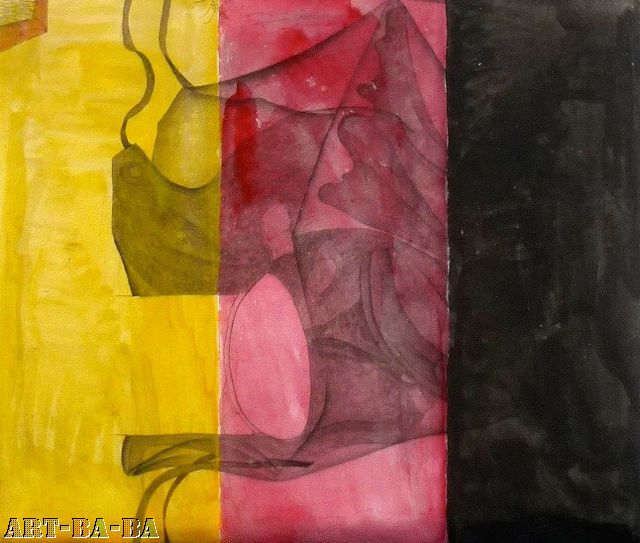


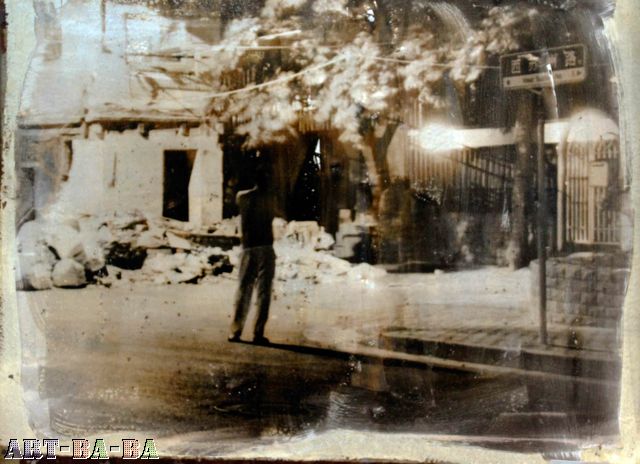

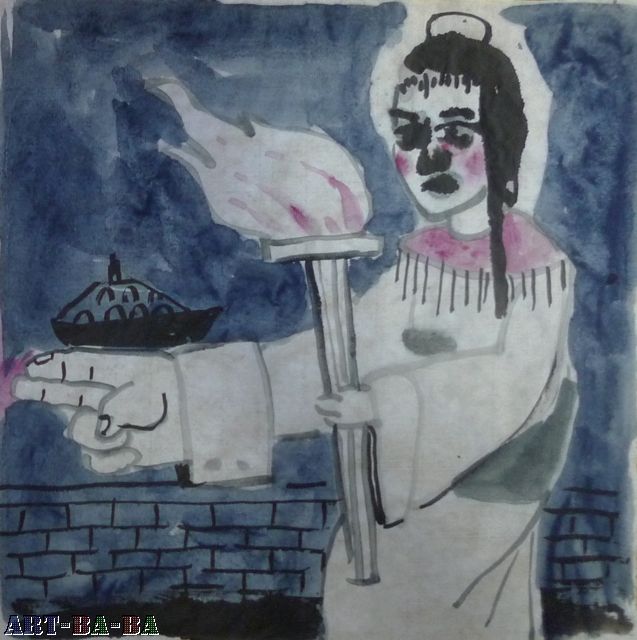

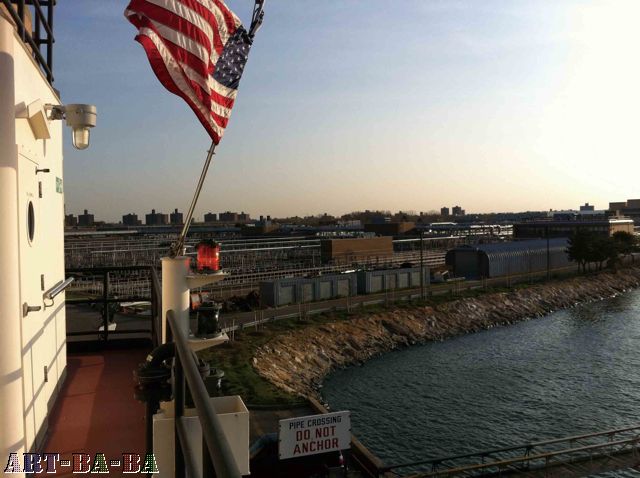
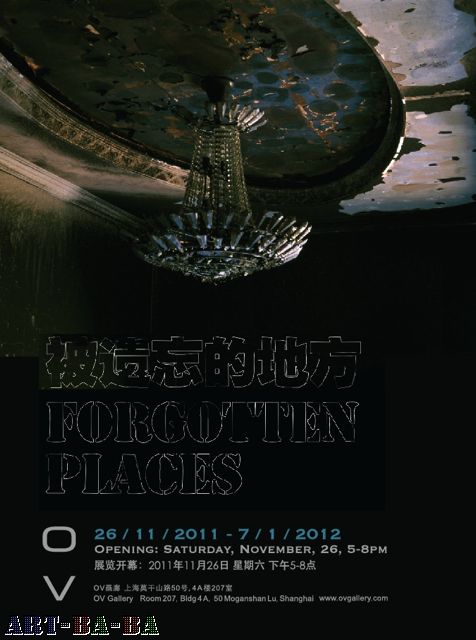
展览开放:2011年11月26日—2012年01月07日
OV画廊 新闻稿
SCROLL DOWN FOR ENGLISH
Forgotten Places
November 26, 2011-January 7, 2012
OV Gallery Press Release
遗忘有着许多种形式。有简单的心不在焉地忘记一个人的名字或一个日期,更有意识地清除某些回忆,抑或是有些我们无须留存在头脑中的事情逐步地有机的退却。我们作为社会人倾向于去忘记一些不愉快或会让我们记起一个有点滞后或不谙世事的过去的回忆。
通常这些地点承载了一个黄金时代的工业或历史时期的痕迹 ,但可能有过更恢弘的日子—这些地方接续着历史的碎片, 在城墙中留守着秘密。在这样一个瞬息万变的时代,他们帮助我们维系了一个过去和未来之间的联系,作为一个提醒,不要忘记过去。
这个展览事实上是受启发自钱嵘的一个项目,探索复兴岛的历史,它过去的历史和它对现在的意义。在这个系列的水墨画中他检视了几十年前在这个小而鲜为人知的岛上所发生的事情对于事物目前的状态承载了如此巨大的重量。
柴一茗以水墨描绘了在高速公路上飞速行驶的汽车,审视了令我们印象深刻的遗忘的能力, 以速度来隐喻那些在发展过程中被遗留下的人们。
克里斯多夫×迪马特检视了 城市结构的历史和现代的层面,某些社区的消失和当地历史的变迁。
罗伯特×李×戴维斯,看着城市千变万化的脸庞, 老建筑倒下,新的大楼盖起。而新大楼的出现给出了看待城市的新型视点。
李消非审视了在城市的地下有怎样的一个系统基础机构(在这个作品中是污物处理工程师)用以维护表面秩序。
王韬程也探索了城市更新循环这个主题以及它是如何创造出渺无人烟的荒凉的区域,以一首忧郁的诗歌所炮制。
苏畅以一些他家烧焦的残留物的图片呈现了一个荒凉的废墟。这里他凝思着为何记忆总被物体所触及,而这些物体的的意义是如何变化的。
唐纳天检视着无生命的东西如何有了自己的生命, 公寓大楼里或许逗留着过去住客的鬼魂, 迷信的购房者可以找出这样的信息。
梁志和+ 黄志恒, 以一些在工作室环境中拍下的戏装和模特的照片探求重现过去历史场景的照片。他们把这些群众演员放在聚光灯下面, 对过去的不可知的事物提问疑问。
霍杰明探讨了可知与不可知的主题, 以一个四声道的装置探索了远程亲临的概念。霍杰明将从如阿富汗和伊拉克这样的冲突区收集来的风速数据,以一个虚拟的风铃声来提醒我们那些已不再被大幅报导的被遗忘的地方,仍然值得我们的关注。
详询:
林白丽
+86 139 167 35537
rebeccacatching@ovgallery.com
展览日期
2011年11月26日—2010年01月07日
开幕式:2011年11月26日晚上5至8点钟
莫干山路50号4A楼207室,近澳门路
+86 139 1637 3474
Forgetting comes in many permutations. There is the simple absent-minded forgetting, the blocking out of certain painful memories, or the gradual more organic fading of things that we have no reason to keep in the fore-quarters of our brain. We as a society tend to like to forget places which are seen as unpleasant or which remind us of a past which is somewhat backward or unsophisticated.
Often these sites hold the traces of a golden industrial or historical era, but have maybe seen better days -– left out of the process of urban renewal. These places hold fragments of history, keeping secrets within their walls. In an era of radical change they help us maintain a link between past and future and serve as a reminder not to forget the past.
The show was actually inspired by a project initiated by Qian Rong, to explore the history of Fuxing Island, it’s historical past and it’s implications for the present. In the series of ink paintings he examines how events which happened decades ago on this small insignificant island hold great weight for the present state of affairs.
Chai Yiming looks at our impressive capacity for forgetting with ink depictions of vehicles speeding along a highway, a metaphor for speed and those that are left in the wake of development.
Christophe Demaitre examines the layering of history and modernity in the urban fabric, the disappearance of certain communities and the transience of local history.
Robert Lee Davis, looks at the ever changing face of the city where old buildings go down and new buildings come up offering new vantage points from which to view the city.
Li Xiaofei examines how the under the skin of the city lies a whole underground network of places and people (in this case sewage treatment engineers) who are required to maintain the façade of orderliness.
Wang Taocheng also explores the topic of the cycle of urban regeneration cycle, and how it can create dead-zones free of any human presence which are infused with a poetic melancholy.
Su Chang presents a desolate montage of his own with images of the charred remains of his family’s home. Here he ponders how memories are so often triggered by material objects and how the meaning of these objects can change.
Nadim Abbas looks at how inanimate objects may have a life of their own, at how apartment buildings may be inhabited by the ghosts of previous tenants and how superstitious property buyers may seek out such information.
Leung Chi Wo + Sara Wong seek to re-create scenes from the past re-staging historical photographs with wardrobe and models in a studio setting. They put the nameless faceless actors of history in the spotlight and ask questions about the unknowability of the past.
Ben Houge also delves into the topic of knowing and not knowing exploring the concept of telepresence with a four channel sound installation. Houge will use the wind speed data from conflict zones such as Afghanistan and Iraq to power a virtual wind chime to remind us of the forgotten places which have fallen off the news radar but still deserve our attention.
Press Inquiries
Rebecca Catching
+86 139 167 35537
rebeccacatching@ovgallery.com
Exhibition Dates
November 26, 2011-January 7, 2012
Opening: Saturday, November 26, 5-8pm
50 Moganshan Lu, by Aomen Lu, Bldg 4A, room 207
+86 139 1637 3474








